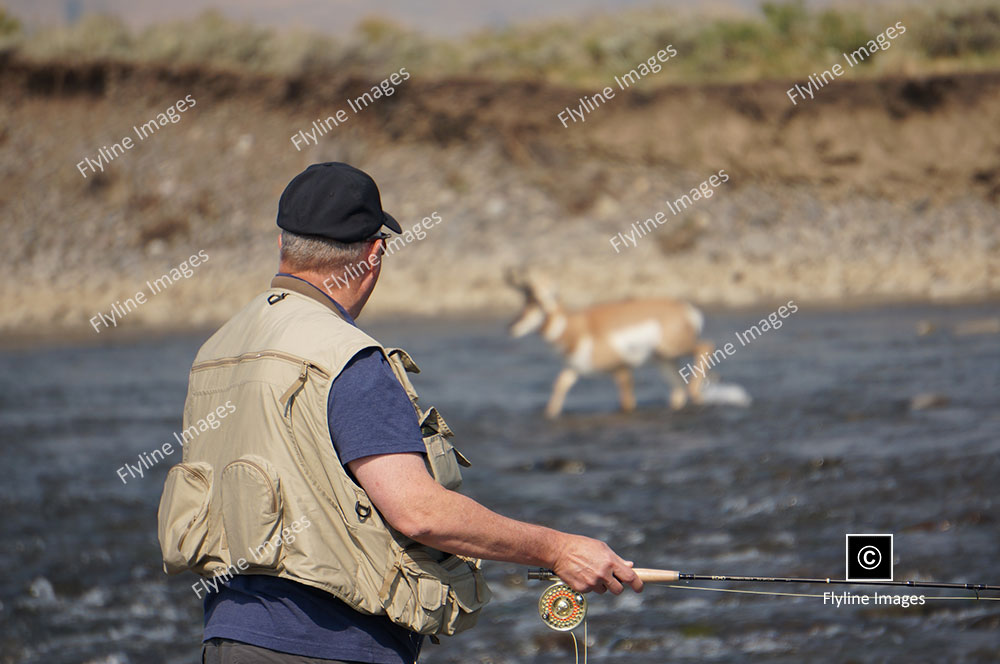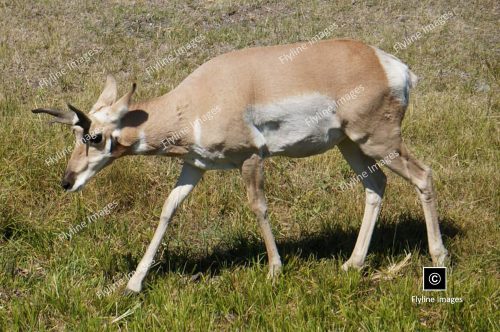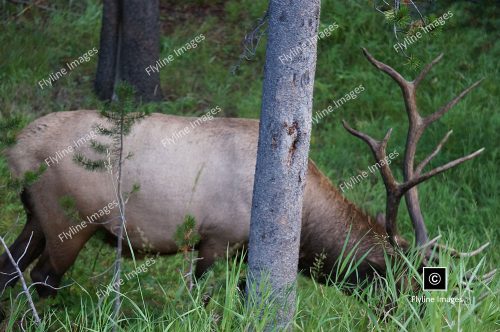Antelope In The Lamar River
Yellowstone Antelope 9
$5.00
Description
Purchase this photo for your use. This photo was taken in Yellowstone National Park. The photo shows a beautiful Antelope in Yellowstone National Park. It was enjoying a drink in the Lamar River.
Image & Download Information
For this product, we have provided 3 image size options, Large 4000 x 2500, Medium 2000 x 1250 and Small 1000 x 625. When you purchase this photo, you will receive an email confirmation of your order. That email will summarize your purchase and provide you with the download links for the images and videos you purchased.
MORE ABOUT THIS PHOTO
Antelope, specifically the pronghorn antelope, are fascinating creatures renowned for their incredible speed, capable of reaching up to 60 miles per hour. This speed serves as their main defense mechanism against predators. The Lamar Valley in Yellowstone National Park provides an ideal habitat for them, offering vast open spaces that allow these animals to make use of their speed efficiently. Additionally, the valley’s abundant grasslands supply a steady food source, while its relatively predator-free environment compared to other park areas ensures a safer haven for raising their young. The mixture of accessibility to food, space for high-speed running, and reduced predation risk explains why antelope favor the Lamar Valley so much.
In addition to their physical abilities, antelope also possess unique social behaviors and adaptations that enhance their survival in the harsh environments they inhabit. For example, pronghorn antelope have a keen sense of smell and eyesight, allowing them to detect predators from far distances and effectively evade them.
Furthermore, these animals generally live in herds ranging from 10 to 50 individuals, with dominant males leading and protecting the group. This social structure allows for better protection against predators as well as improved chances of finding food.
Another interesting aspect of antelope behavior is their annual migration patterns. In areas like Yellowstone, where harsh winters make food scarce, pronghorn antelope undertake a long-distance migration to lower elevations in search of sustenance. These journeys can cover up to 200 miles, making them one of the longest terrestrial migrations in North America.





